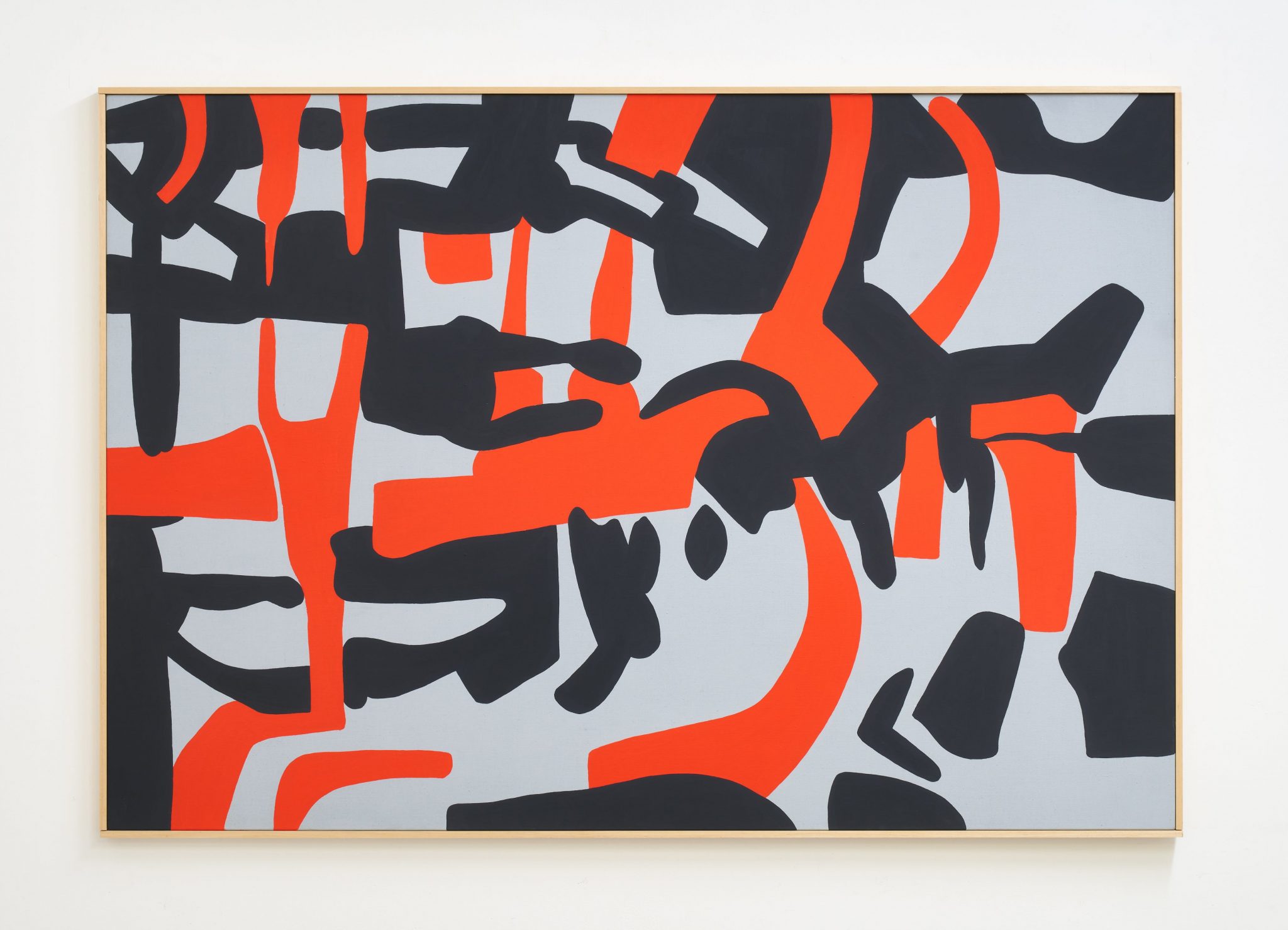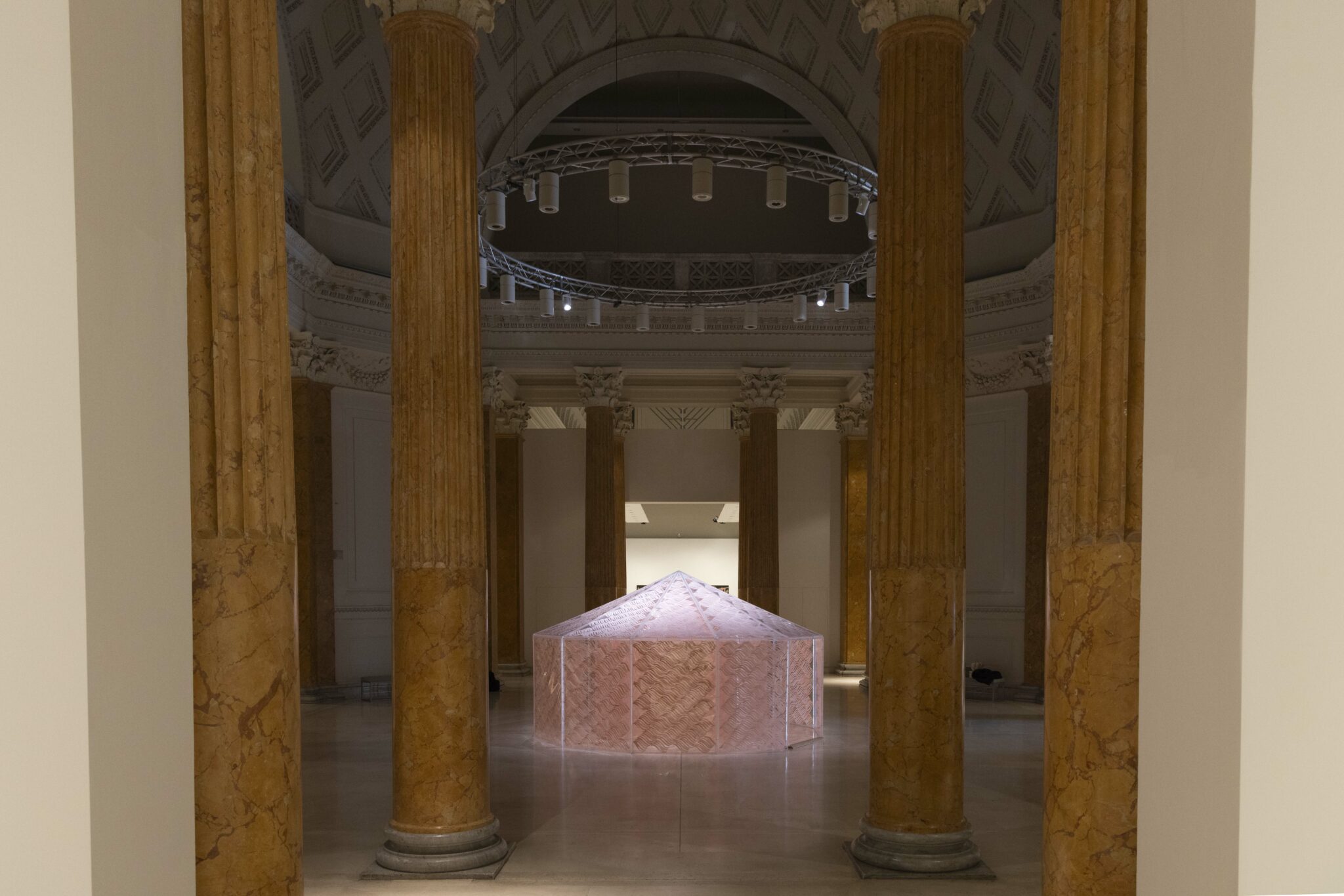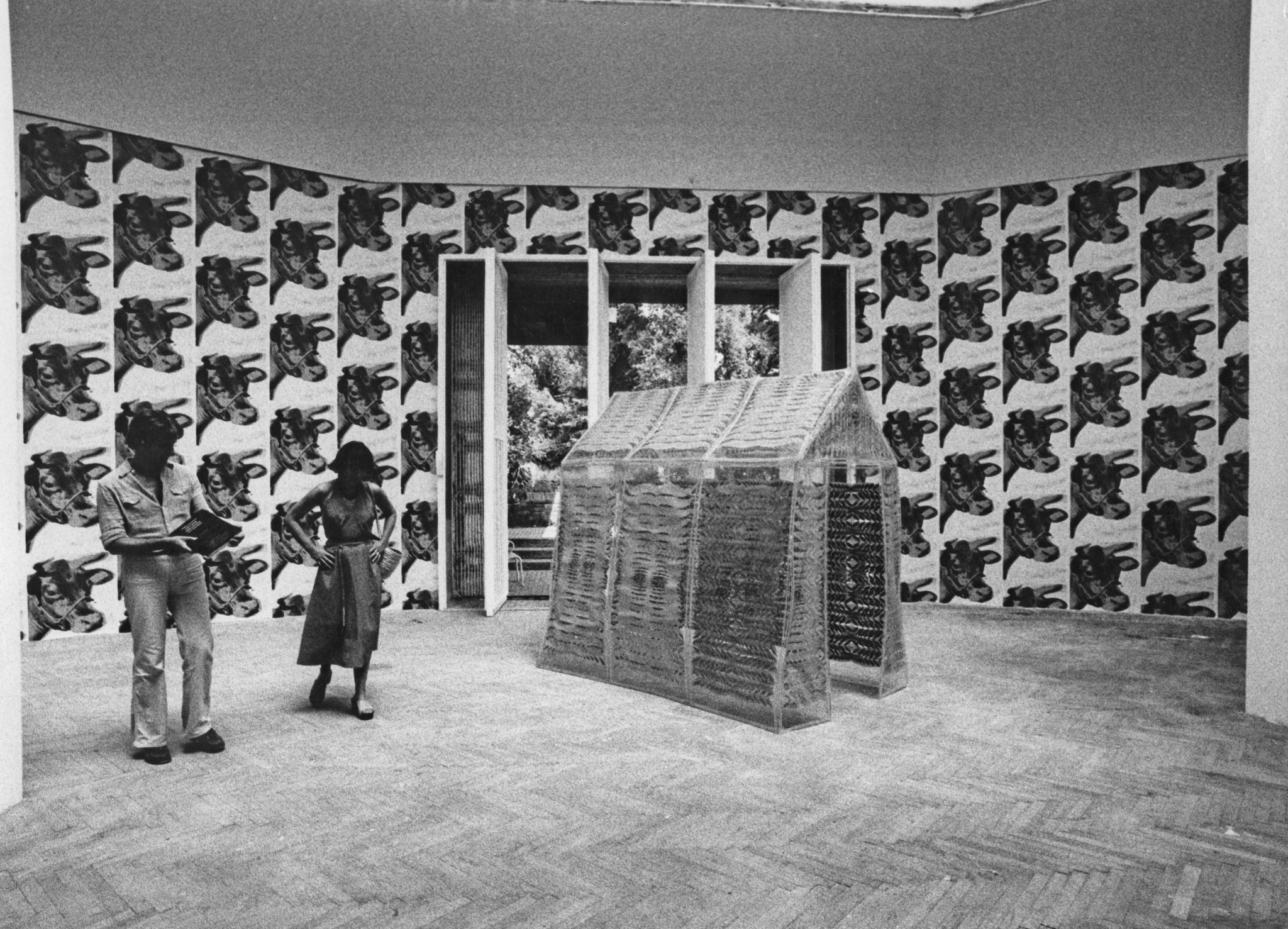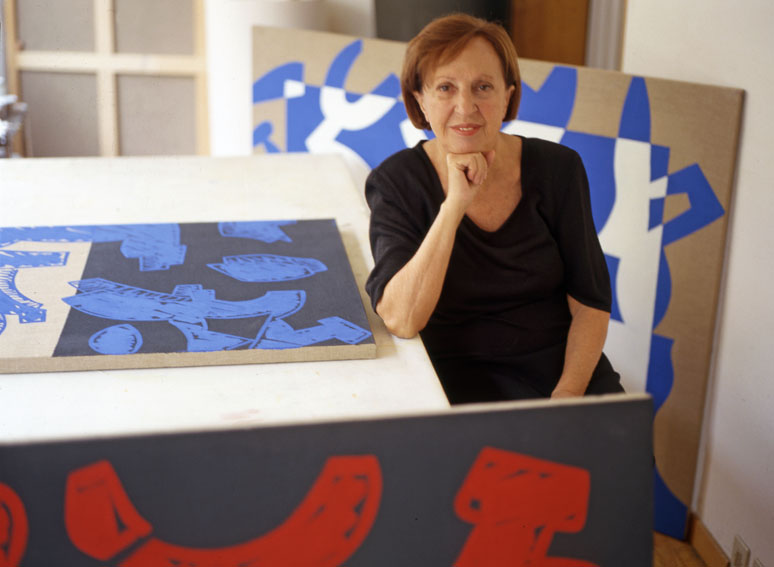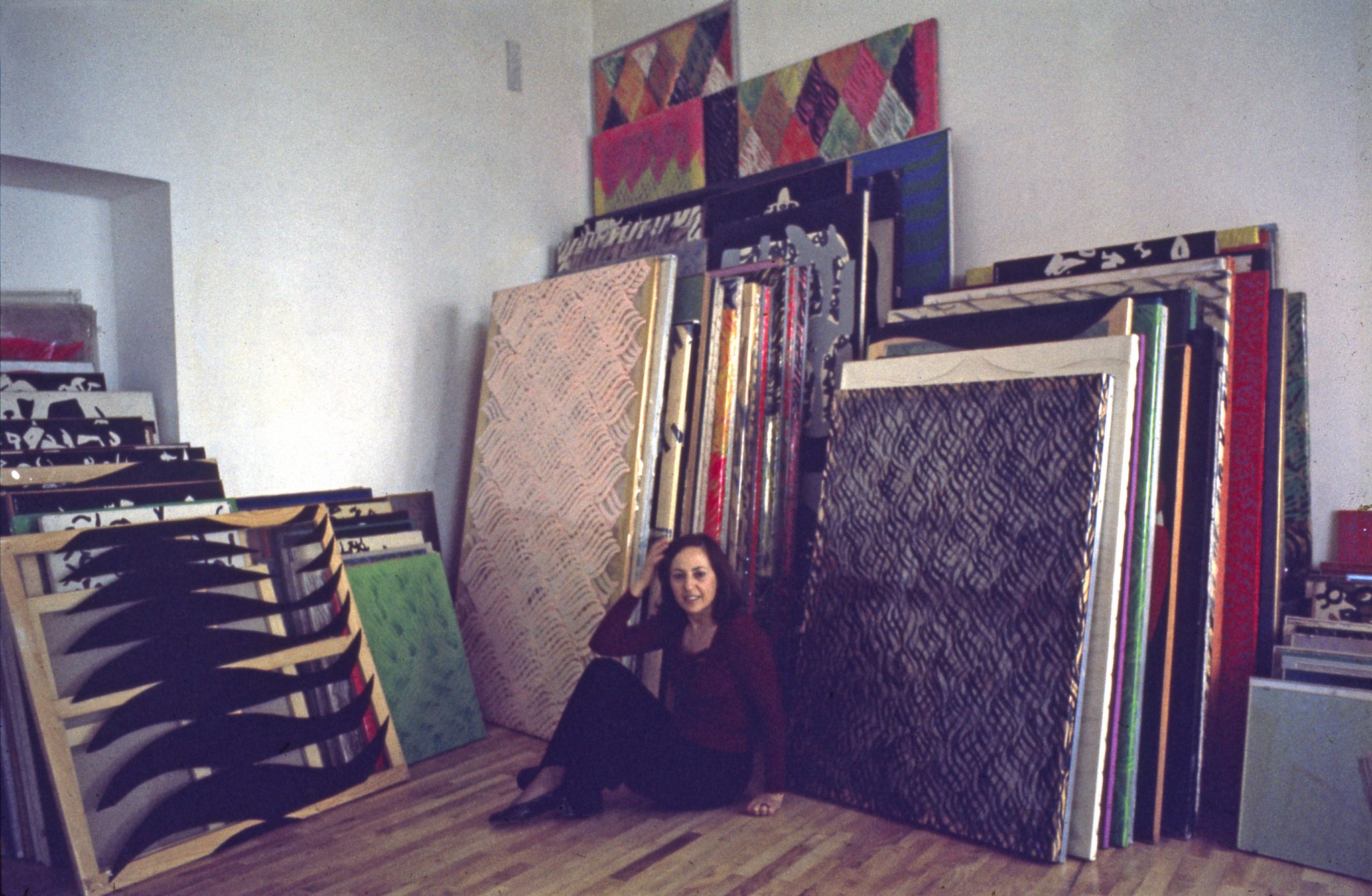Carla Accardi
Carla Accardi was born in Trapani, Italy (1924).
She attended the Academy of Fine Arts in Palermo. In 1946, she moved to Rome with Antonio Sanfilippo where she met Pietro Consagra and Giulio Turcato.
In 1947 she completed her first abstract painting, entitled Scomposizione. In March of the same year she launched the Forma Group (“Forma 1” would be the name of the first and only issue of the magazine-manifesto) with Attardi, Consagra, Dorazio, Guerrini, Perilli, Sanfilippo, and Turcato. In 1948 she took part for the first time in the 24th Venice Biennale, as well as in the exhibition “Abstract Art in Italy” at the Galleria di Roma. In 1954 she met Michel Tapié, whose support marketed a watershed moment for the artist. The French critic placed her among the protagonists of his theory of art autre, alongside Burri, Capogrossi and Fontana.
The 1960s were a time of major stylistic changes. Much more vivid and varied tones of color reappeared, while the sign underwent a change in structure. The first chromatic works were shown at the Parma Gallery in New York and at the New Vision Center Gallery in London with a presentation by Lionello Venturi, in 1961.
In 1964 she was invited with a personal room to the 32nd Venice Biennale.
These years saw the first works created on sicofoil, a transparent plastic material used for the first time for art. Works from this period include Tenda (1965), Ambiente Arancio (1967) and Triplice tenda (1969-71). The following decade was dedicated to continuous experimentation with sicofoil. Colors became less strong, with pastels sometimes dominating. By the mid-1970s the sicofoil was completely transparent, in twisting braids that emphasized the support and made the frame the protagonist (in a studied “ostension of the support and the frame” she would say, which certainly has a flavor touching on the conceptual).
In 1976 was presented Triplice tenda at the 37th Venice Biennale in the “Arte Ambiente” section. In the 1980s, Accardi returned to canvas, which she left raw: it would be animated with colored signs, which had become very large, inside of which there might be just one color. In 1983 she exhibited at the Pinacoteca Comunale
in Ravenna and at the Padiglione d’Arte Contemporanea in Milan; while in 1988 she was once again invited with a personal room to the 43rd Venice Biennale, where she presented large-scale works. The next year she was represented by two historical works at the “Italian Art in the 20th Century” show at the Royal Academy of Arts in London. In 1994 a far-ranging retrospective open at the Castello di Rivoli; in the same year she took part in the exhibition “The Italian Metamorphosis 1943-1968” at the Guggenheim Museum in New York. Among the many solo shows and retrospectives, two big anthological exhibitions opened in Paris Parigi, at the Musée d’Art Moderne de la Ville de Paris (2002) and in Rome, at the MA-CRO (2004).
In 2011 the show “Carla Accardi. Segno e trasparenza” opened at the Fondazione Puglisi di Catania; for this occasion important historical works were exhibited on the two great floors of Palazzo Valle. In the meantime two volumes of the monumental catalogue of her works were released, curated by Germano Celant, published by Charta and Silvana respectively. Carla Accardi passed away in Rome on 23 February 2014, but interest in her work has continued to grow, as evidenced by the 2020 solo show Contesti, at the Museo del Novecento in Milan, the group show at the MAXXI Senzamargine Passaggi nell’Arte Italiana a cavallo del Millennio from October 2020 to January 2022, and by her inclusion in the 59th Venice Biennale.
In 2023, a retrospective exhibition on the 1970s took place through a restricted series of works placed in dialogue with the historical settings of the Museo Correr in Venice. On the occasion of the centenary of his birth, an exhibition is planned at the Palazzo delle Esposizioni in Rome in 2024, in which more than one hundred works will be collected, chosen with the idea of highlighting both the first appearances of Accardi’s inventions and presenting the works in which the artist expressed himself most radically and which proved seminal in the national and international context.
Carla Accardi was born in Trapani, Italy (1924).
She attended the Academy of Fine Arts in Palermo. In 1946, she moved to Rome with Antonio Sanfilippo where she met Pietro Consagra and Giulio Turcato.
In 1947 she completed her first abstract painting, entitled Scomposizione. In March of the same year she launched the Forma Group (“Forma 1” would be the name of the first and only issue of the magazine-manifesto) with Attardi, Consagra, Dorazio, Guerrini, Perilli, Sanfilippo, and Turcato. In 1948 she took part for the first time in the 24th Venice Biennale, as well as in the exhibition “Abstract Art in Italy” at the Galleria di Roma. In 1954 she met Michel Tapié, whose support marketed a watershed moment for the artist. The French critic placed her among the protagonists of his theory of art autre, alongside Burri, Capogrossi and Fontana.
The 1960s were a time of major stylistic changes. Much more vivid and varied tones of color reappeared, while the sign underwent a change in structure. The first chromatic works were shown at the Parma Gallery in New York and at the New Vision Center Gallery in London with a presentation by Lionello Venturi, in 1961.
In 1964 she was invited with a personal room to the 32nd Venice Biennale.
These years saw the first works created on sicofoil, a transparent plastic material used for the first time for art. Works from this period include Tenda (1965), Ambiente Arancio (1967) and Triplice tenda (1969-71). The following decade was dedicated to continuous experimentation with sicofoil. Colors became less strong, with pastels sometimes dominating. By the mid-1970s the sicofoil was completely transparent, in twisting braids that emphasized the support and made the frame the protagonist (in a studied “ostension of the support and the frame” she would say, which certainly has a flavor touching on the conceptual).
In 1976 was presented Triplice tenda at the 37th Venice Biennale in the “Arte Ambiente” section. In the 1980s, Accardi returned to canvas, which she left raw: it would be animated with colored signs, which had become very large, inside of which there might be just one color. In 1983 she exhibited at the Pinacoteca Comunale
in Ravenna and at the Padiglione d’Arte Contemporanea in Milan; while in 1988 she was once again invited with a personal room to the 43rd Venice Biennale, where she presented large-scale works. The next year she was represented by two historical works at the “Italian Art in the 20th Century” show at the Royal Academy of Arts in London. In 1994 a far-ranging retrospective open at the Castello di Rivoli; in the same year she took part in the exhibition “The Italian Metamorphosis 1943-1968” at the Guggenheim Museum in New York. Among the many solo shows and retrospectives, two big anthological exhibitions opened in Paris Parigi, at the Musée d’Art Moderne de la Ville de Paris (2002) and in Rome, at the MA-CRO (2004).
In 2011 the show “Carla Accardi. Segno e trasparenza” opened at the Fondazione Puglisi di Catania; for this occasion important historical works were exhibited on the two great floors of Palazzo Valle. In the meantime two volumes of the monumental catalogue of her works were released, curated by Germano Celant, published by Charta and Silvana respectively. Carla Accardi passed away in Rome on 23 February 2014, but interest in her work has continued to grow, as evidenced by the 2020 solo show Contesti, at the Museo del Novecento in Milan, the group show at the MAXXI Senzamargine Passaggi nell’Arte Italiana a cavallo del Millennio from October 2020 to January 2022, and by her inclusion in the 59th Venice Biennale.
In 2023, a retrospective exhibition on the 1970s took place through a restricted series of works placed in dialogue with the historical settings of the Museo Correr in Venice. On the occasion of the centenary of his birth, an exhibition is planned at the Palazzo delle Esposizioni in Rome in 2024, in which more than one hundred works will be collected, chosen with the idea of highlighting both the first appearances of Accardi’s inventions and presenting the works in which the artist expressed himself most radically and which proved seminal in the national and international context.
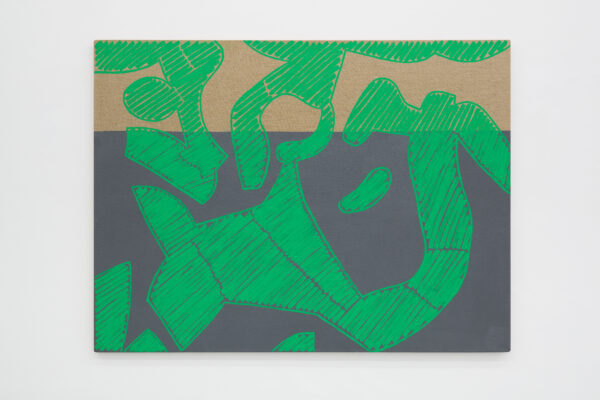 Verde e grigio scuro, 2000vinyl paint on raw canvas
Verde e grigio scuro, 2000vinyl paint on raw canvas
120,5×160,7×2,4 cm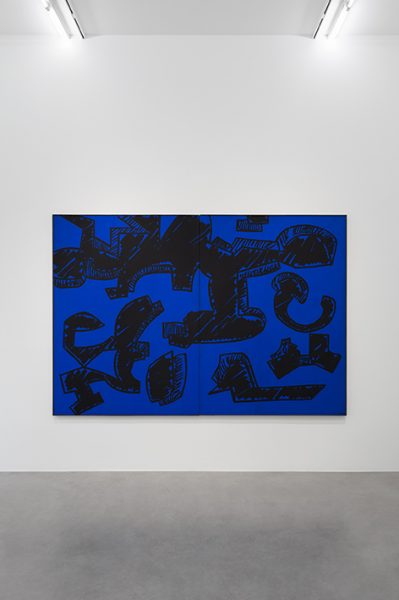 Luce crescente, 1997vinyl paint on canvas, diptych
Luce crescente, 1997vinyl paint on canvas, diptych
190×280 cm
Arch. n. 600A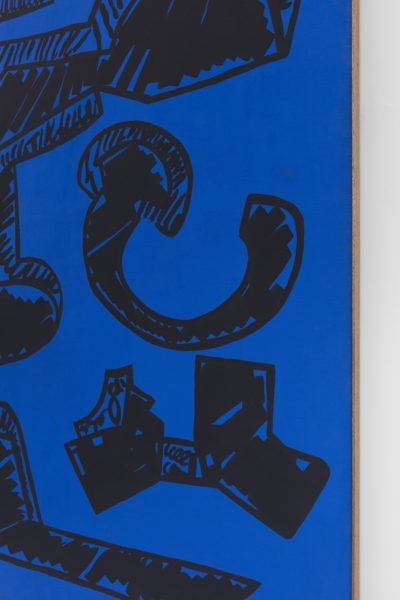 Luce crescente, 1997, detailvinyl paint on canvas, diptych
Luce crescente, 1997, detailvinyl paint on canvas, diptych
190×280 cm
Arch. n. 600A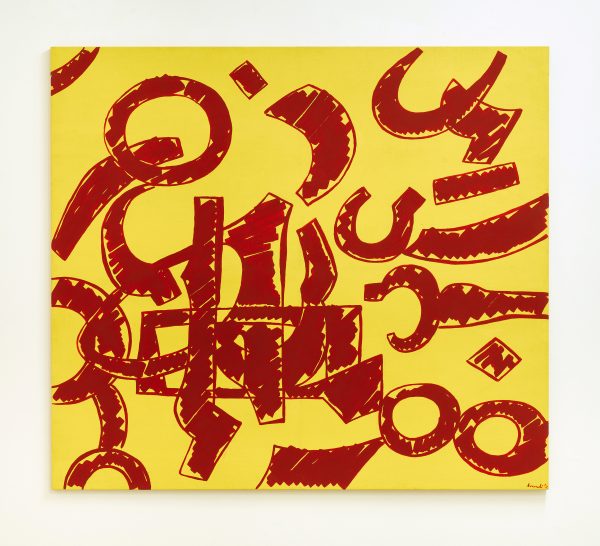 Soli impigliati in frange e lappole, 1997vinyl paint on canvas
Soli impigliati in frange e lappole, 1997vinyl paint on canvas
160×180 cm
Arch. n. 601A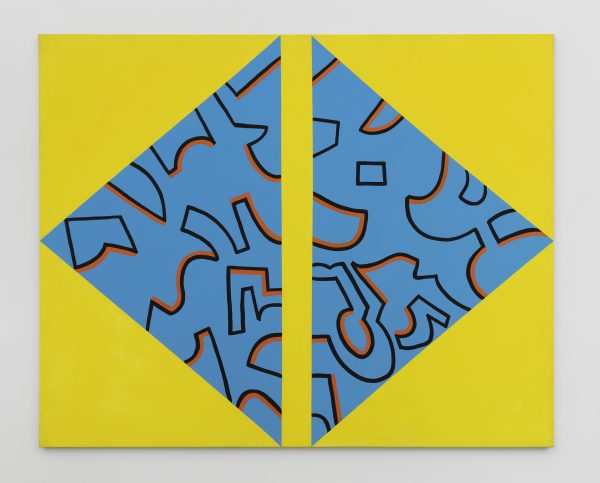 Veniente di Zaffiro, 2003vinyl paint on canvas
Veniente di Zaffiro, 2003vinyl paint on canvas
160×200 cm
Arch. n. 810 A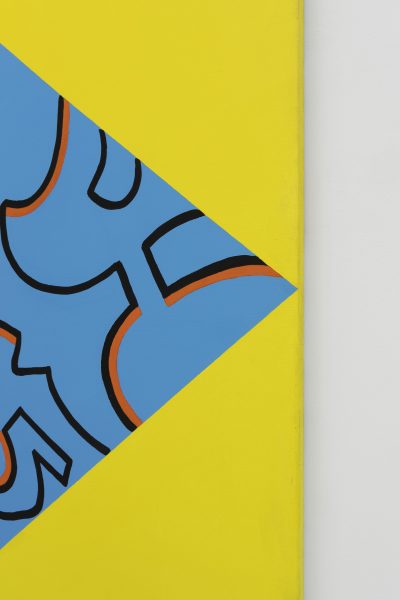 Veniente di Zaffiro, 2003, detailvinyl paint on canvas
Veniente di Zaffiro, 2003, detailvinyl paint on canvas
160×200 cm
Arch. n. 810 A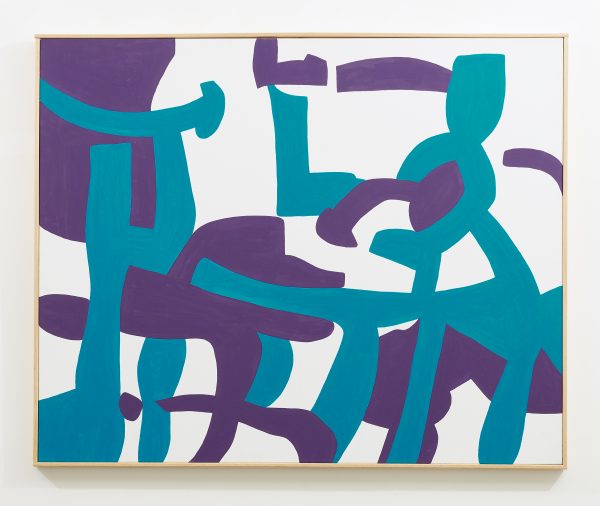 Onda notturna, 2011vinyl paint on canvas
Onda notturna, 2011vinyl paint on canvas
100×120 cm
Arch. 009A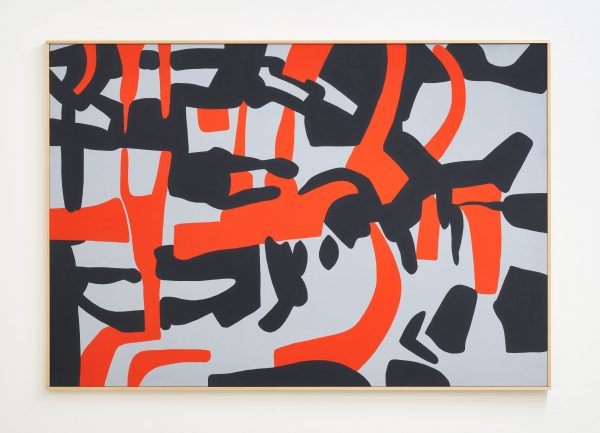 Verosimile assonanza, 2011vinyl paint on canvas
Verosimile assonanza, 2011vinyl paint on canvas
110×160 cm
Arch. n. 299C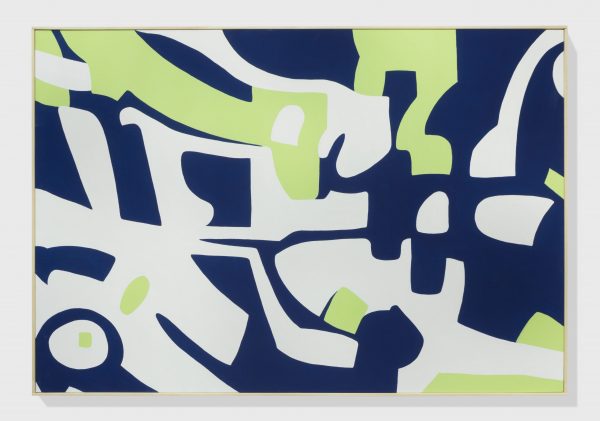 Trasparenza ideale, 2012vinyl paint on canvas
Trasparenza ideale, 2012vinyl paint on canvas
110×160 cm
Arch. n. 349C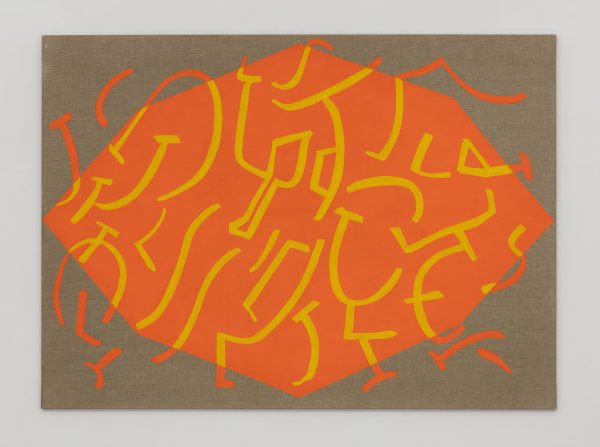 Giallo arancio su tela grezza, 1999vinyl paint on raw canvas
Giallo arancio su tela grezza, 1999vinyl paint on raw canvas
160×220 cm
Arch. n. 697A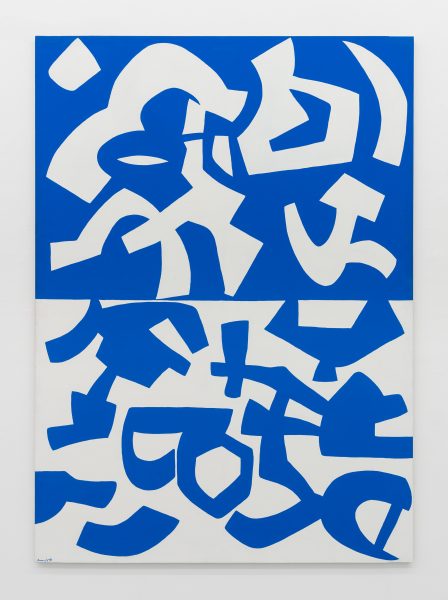 Ricomposte tinte, 1997Vinyl paint on canvas
Ricomposte tinte, 1997Vinyl paint on canvas
220×160 cm
Arch. n. 638A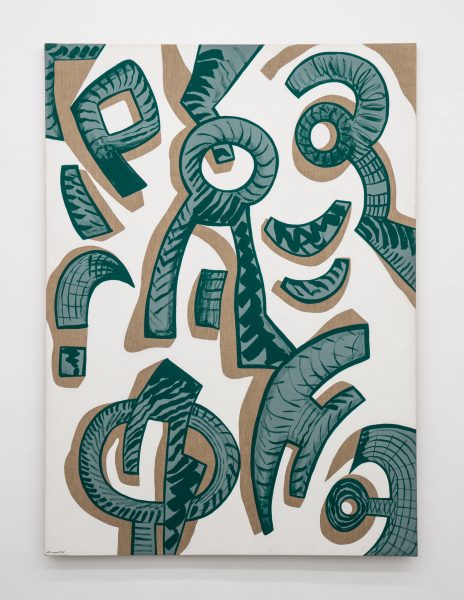 Sottorigo del verde, 1995Vinyl paint on canvas
Sottorigo del verde, 1995Vinyl paint on canvas
220×160 cm
Arch. n. 475A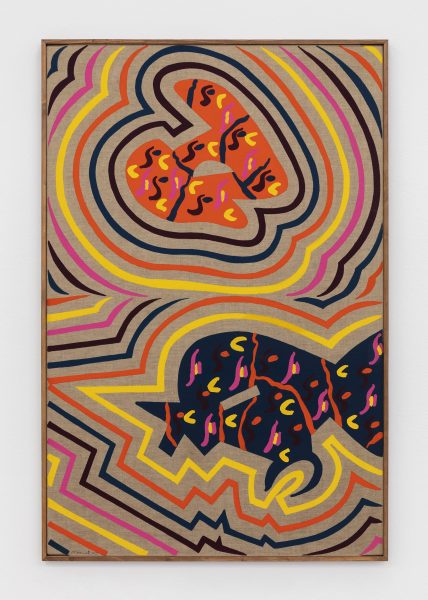 Parentesi n°3, 1982vinyl paint on raw canvas
Parentesi n°3, 1982vinyl paint on raw canvas
156×102 cm
Arch. n. 808C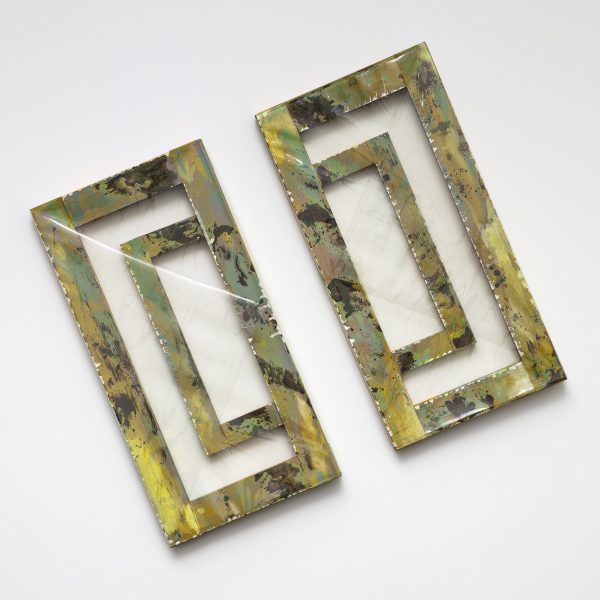 Due rettangoli mimetici, 1979sicofoil on painted wooden stretchers
Due rettangoli mimetici, 1979sicofoil on painted wooden stretchers
38×75 cm each
Arch. n. 750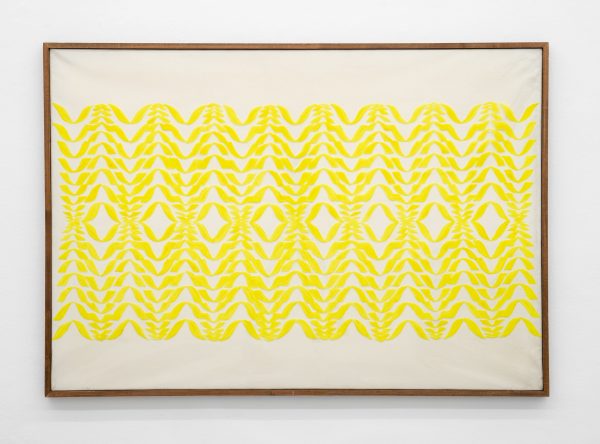 Bianco-giallo, 1966varnish on sicofoil on vinyl painted canvas
Bianco-giallo, 1966varnish on sicofoil on vinyl painted canvas
96×137 cm
Arch. n. 436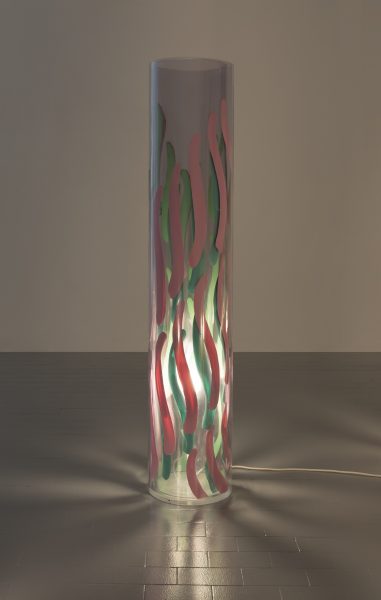 Rosa verde, 2010varnish on plastic, plexiglas, electrical system
Rosa verde, 2010varnish on plastic, plexiglas, electrical system
120×25 cm
Arch. n. 250C 4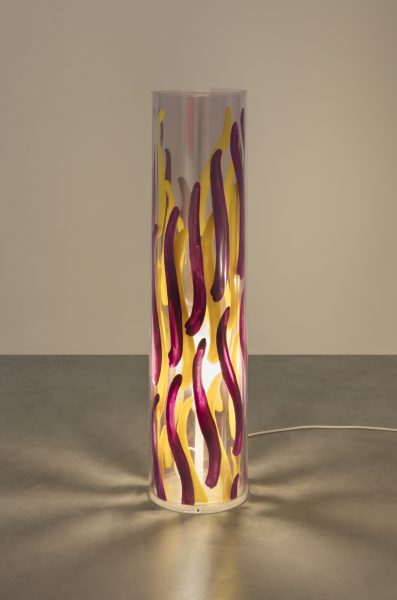 Viola giallo, 2010varnish on plastic, plexiglas, electrical system
Viola giallo, 2010varnish on plastic, plexiglas, electrical system
100×25 cm







